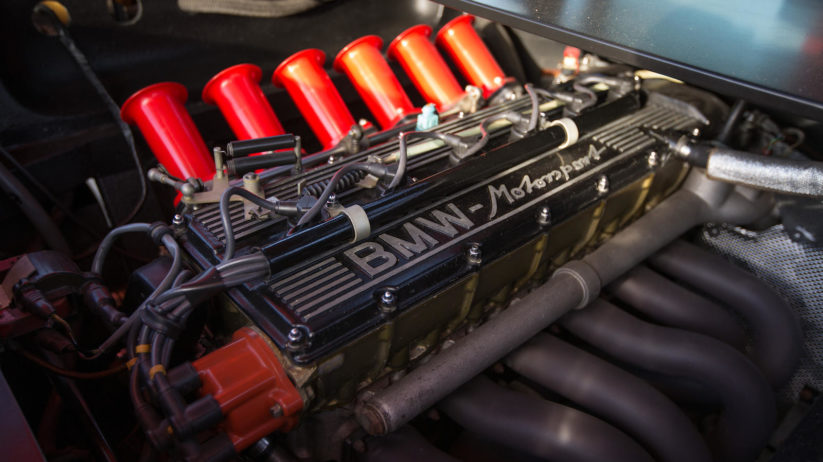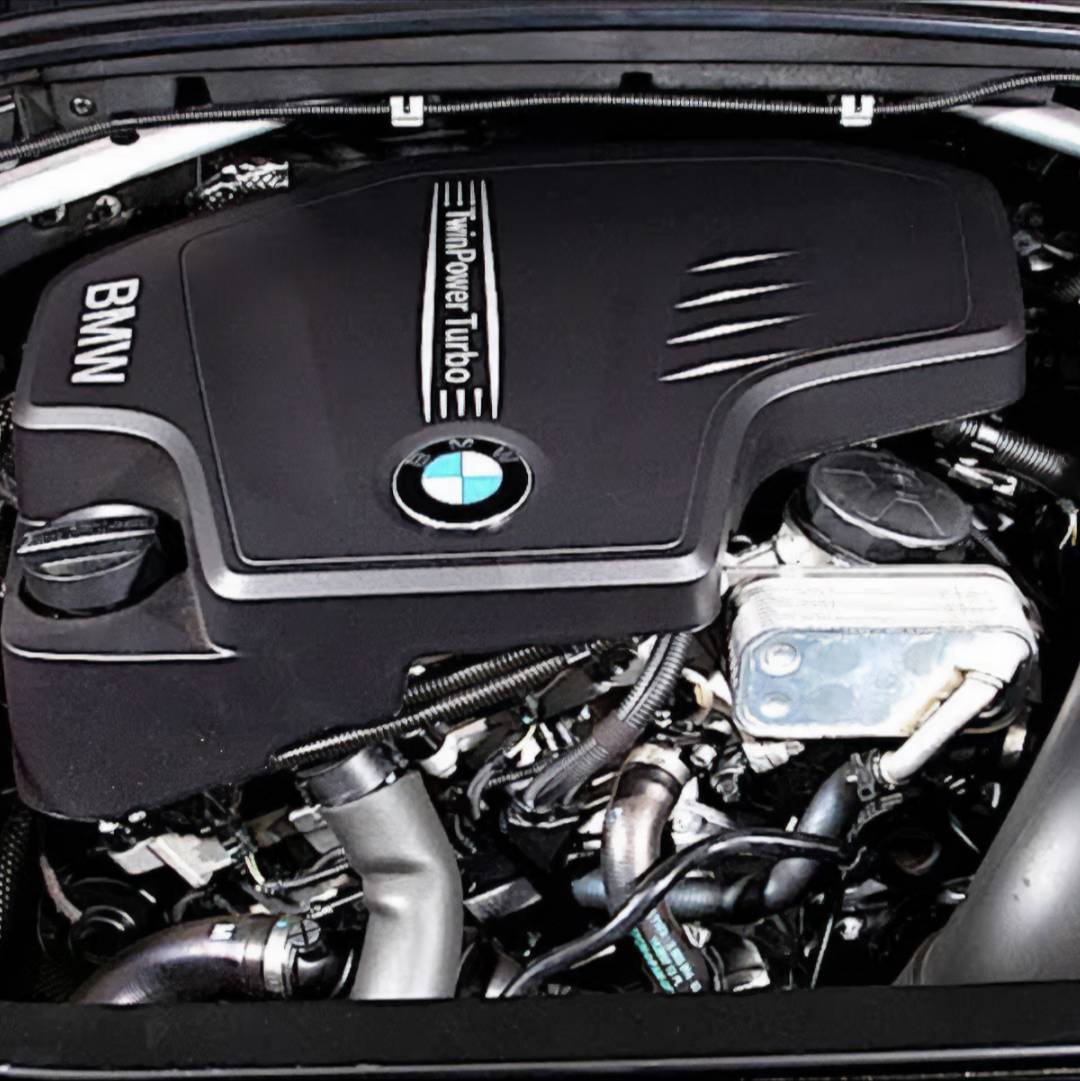A Comprehensive Guide to Understanding BMW Engine Specs
A Comprehensive Guide to Understanding BMW Engine Specs
Blog Article
Discovering the Advancement of Burning Engines in Modern Transport Equipments
As we navigate the landscape of modern transport, the advancement of burning engines stands as a testament to human resourcefulness and design expertise. From their modest starts to the advanced powerhouses driving automobiles today, burning engines have actually undertaken a remarkable journey of innovation and adjustment. Recognizing the ins and outs of this development not only clarifies the past but likewise paves the means for envisioning what lies in advance in the realm of transportation technology. The interaction of background, modern technology, and ecological problems fit the trajectory of burning engines produces a narrative that is both insightful and engaging.
Very Early Beginnings of Combustion Engines
Exactly how did the concept of burning engines first arise in the onset of transportation growth? The origins of combustion engines can be mapped back to the 17th century when the principles of interior combustion were initial explored. In 1673, Christian Huygens conceptualized a standard internal burning engine that used gunpowder to produce power. However, it wasn't till the late 19th century that useful applications of combustion engines in transport started to emerge.
The innovation moment included the invention of the first effective gasoline-powered engine by Karl Benz in 1885 - bmw engine. This engine led the way for the growth of the modern vehicle, reinventing transport systems worldwide. Subsequent advancements by Nikolaus Otto and Gottlieb Daimler better refined combustion engine innovation, leading to the mass production of cars and the quick development of the transport industry
These very early burning engines were defined by their simplicity and performance, laying the structure for the complicated and powerful engines used in modern transportation systems. The evolution of burning engines has actually been crucial in forming the method we take a trip and carry products, marking a significant milestone in the background of transport advancement.
Shift to Internal Burning Technology
The shift to internal burning innovation marked a pivotal change in the development of transportation systems. This change started in the late 19th century, with creators like Nikolaus Otto and Gottlieb Daimler establishing the very first successful inner burning engines. These engines transformed transport by using a much more efficient and effective option to heavy steam engines and electrical motors.
One of the essential advantages of inner combustion engines was their capacity to be scaled down to suit automobiles, resulting in the advancement of vehicles and bikes. This shift from large, fixed engines to small, mobile ones led the means for the contemporary transportation systems we see today.
The change to interior burning innovation additionally spurred innovations in fuel modern technology, resulting in the growth of gas and diesel as key fuel resources for vehicles. This shift not just made transportation a lot more accessible to the masses however additionally laid the foundation for the oil and gas sector to become important to international economic climates.
Influence of Combustion Engines on Transportation
The adoption of burning engines in transport systems catalyzed an extensive shift in the effectiveness and rate of international movement. Burning engines changed transportation by offering a trusted and versatile source of power for different automobiles, consisting of cars, trucks, ships, and planes. This development substantially boosted the ability for items and individuals to relocate over lengthy distances in much shorter timespan, bring about raised connection in between areas and countries.
Moreover, the widespread use of burning engines has actually had a significant effect on economic growth. The capability to transport goods effectively has stimulated look at this website profession and commerce, enabling services to broaden their markets and reach customers worldwide. This has helped with financial development and globalization, as items can now be carried faster and in larger amounts than ever.
Nevertheless, the environmental impact of visit their website burning engines can not be neglected. The combustion of nonrenewable fuel sources has actually caused air pollution and greenhouse gas exhausts, adding to climate change and posturing health and wellness dangers to populations. bmw engine. As a result, there is a growing focus on establishing alternative propulsion modern technologies to alleviate these negative results and produce a more lasting future for transportation
Developments in Burning Engine Style
One significant advancement is the growth of turbocharged engines, which use exhaust gases to drive a turbine that compresses incoming air, permitting for even more fuel to be burned, resulting in enhanced power output without a substantial rise in engine dimension. Variable valve timing systems have additionally revolutionized engine layout by enhancing airflow at various engine rates, enhancing both power and effectiveness. These advancements jointly contribute to the constant improvement of combustion engines in contemporary transportation systems.
Future Fads in Burning Engine Advancement
With innovation improvements driving continual advancement, the future of burning engine growth is positioned to reinvent transport systems globally. One of the essential patterns in combustion engine development is the push in the direction of better performance and lowered exhausts. Suppliers are investing heavily in research and development to boost engine efficiency while satisfying rigorous ecological regulations. This includes the assimilation of sophisticated gas shot systems, enhanced turbocharging methods, and making use of light-weight products to optimize gas intake and lower carbon exhausts.
One more famous fad is the fostering of crossbreed innovations in combustion engines. Crossbreed engines combine traditional combustion modern technology with electrical power, using improved fuel performance and reduced exhausts. As the vehicle industry changes in the direction of electrification, crossbreed burning engines their explanation are viewed as a transitional solution that links the gap between conventional lorries and completely electric ones.
In addition, the integration of wise innovations, such as man-made intelligence and information analytics, is anticipated to play a substantial function in the future of combustion engine development. These modern technologies can optimize engine efficiency in real-time, resulting in a lot more efficient combustion procedures and boosted total automobile efficiency. Accepting these future fads will certainly not only drive innovation in combustion engine growth but additionally add to a more sustainable and eco-friendly transport environment.

Conclusion
Finally, the evolution of combustion engines in contemporary transportation systems has actually been noted by significant developments in technology and style. From the very early starts of combustion engines to the transition to inner burning technology, these engines have actually had an extensive effect on transport. Technologies in combustion engine layout proceed to drive progression in this area, with future fads focusing on further boosting effectiveness and decreasing exhausts. The future of burning engines in transportation looks encouraging as study and development efforts remain to push borders.
The roots of burning engines can be traced back to the 17th century when the principles of interior burning were initial discovered. These engines changed transport by providing an extra powerful and effective alternative to steam engines and electric motors.

Report this page